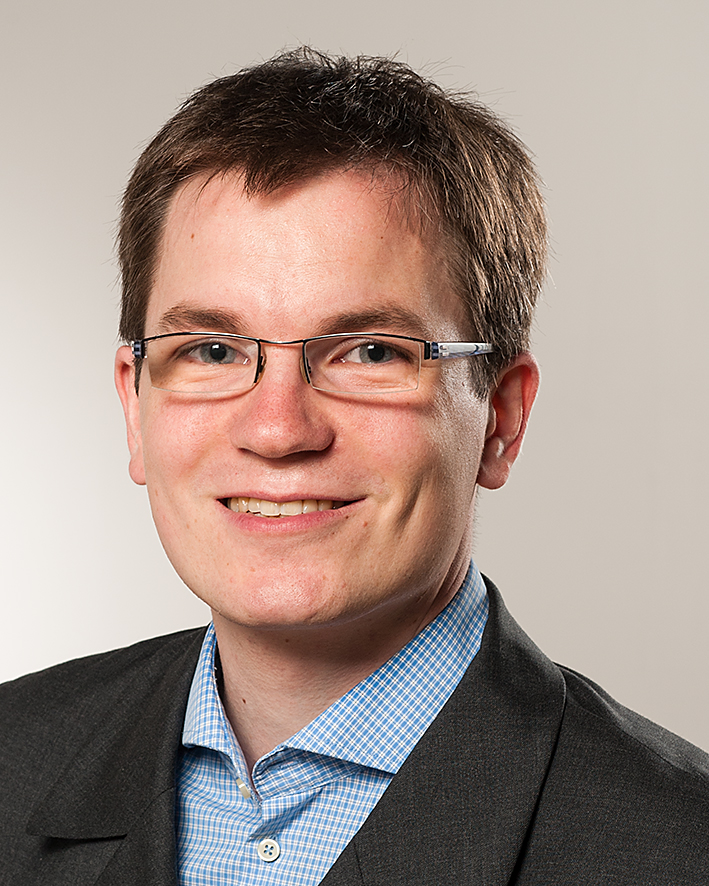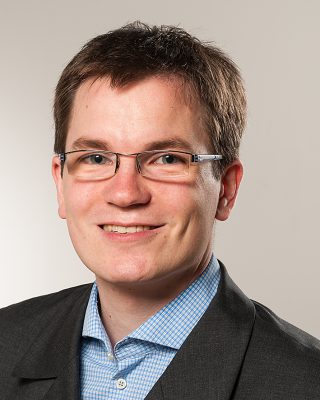 |
| Yannick Poullie is a junior researcher in the research project ”Demilitarisation in an increasingly militarized world. International perspectives in a multilevel framework – the case of the Åland Islands”, funded by the KONE foundation. He holds a master’s degree in “Peace, Mediation and Conflict Research” from the University of Tampere, Finland. Prior to that he studied at the University of Düsseldorf and the University of Turku, respectively. |
Mariehamn, December 2015
Today, Åland’s status as a demilitarised and neutralised territory is well-established in international customary law. One important contributing factor for that is the activity of the people and politicians of Åland beginning in the 1980s. Against de iure provisions, the Åland autonomy managed to establish itself as an internationally relevant de facto actor on the issue of its international legal status. Finnish policy-makers were not vocal – as they would have preferred to avoid both the issue and its discussion – but unmistakable in their support for the maintenance of Åland’s status, as were those of Finland’s neighbours. In light of this fact, preferences by the Finnish military to re-examine this status and possibly remilitarise the Åland region need to be seen as a verbal ‘show of force’ amidst uncertain shifts in the post-Cold War Baltic Sea region rather than as a realistic possibility. These findings are of relevance still today since the demilitarisation and neutralisation has occasionally been discussed in relation to recent concerns over a possible destabilisation of the Baltic Sea region.
The region of Åland enjoys far-reaching autonomy within the Republic of Finland and has been both demilitarised and neutralised for almost a century, while its demilitarisation has been in force since 1856. During the past four months, being a guest researcher at The Åland Islands Peace Institute, I have looked at parliamentary debates on Åland’s demilitarisation and neutralisation in both Åland and Finland. I focused on a period of great shifts in the Baltic region, the years around the Cold War’s end, roughly 1988–1995. The following blog entry is based on the scientific article I have produced during my stay at the institute, currently in the peer-review process of an international journal.
Although being situated at the border between the two power blocs of the Cold War, the Baltic region had enjoyed relative stability for decades during the East-West conflict. When socialist governments began to fall in 1989 and the Soviet Union dissolved in 1991, the future was left unclear. How would the former Soviet Union develop? Would it become a peaceful democracy or would aggressive nationalism win over? Would a new stability emerge or would new divides be created?
The Finnish government and parliament were determined to continue following their concept of the preceding decades: Finland would stay clear of military alliances such as NATO and keep a credible potential to defend itself independently against any aggressor. At the same time it would vocally support multilateral organisations like the UN, the Council of Europe and the OSCE as encompassing forums – especially encompassing Russia – for maintaining security and stability not only around the Baltic Sea but in the world at large. Finland was well aware of the dangers for stability of a Western military alliance advancing towards the Russian border, despite promises to act in dialogue with the former superpower.
While Finland thus chose not to join the alliance, and so did Sweden, other littoral states of the Baltic Sea – Poland and the three newly independent Baltic states – eventually did. In parliament, Finland’s policy-makers never judged these sovereign decisions by neighbouring states but urged caution against unintended consequences. As renewed tensions with the Russian Federation first with regard to Georgia and since 2014 around Ukraine, consequently also impacting on the Baltic region, have demonstrated, this caution was not farfetched. The Finnish tradition of neutrality and military non-alignment went so far that even Finland’s surprisingly quick integration into the European communities – Finland acceded to the European Union in 1995 – was initially marked by concerns of the EU’s relation to military alliances such as the Western European Union and NATO.
While such issues were discussed on the international level, Åland’s demilitarisation and neutralisation – established in a series of international treaties signed by differing signatories in 1856, 1921, 1940 and 1947 respectively – gained in relevance for certain actors. While hardly of interest in the 1970s, Åland’s civil society began to take greater notice of this special status in the early 1980s. However, the relevant conventions did not provide the civil authorities of the Åland autonomy with any means to become active in the region’s demilitarisation and neutralisation. Thus, beginning in 1987 they engaged in a notable media campaign whenever Finnish military craft would enter the region. Inspection visits are permitted to a limited extent under the 1921 Convention.
The Finnish government was open to the concerns of Åland’s politicians and Finland’s Ministers of Defence of those years supported the idea of an exchange of information and informal meetings between the Åland autonomy on the one side and the military leadership of the Finnish Defence Forces on the other. The disagreements between the two sides mainly focused on the appropriate interpretation of those parts of the 1921 Convention which dealt with the presence of the Finnish military in the Åland region. The Finnish government did not deem these disagreements to be all too great. In fact, it would have preferred them not to be an issue at all. This preference not to discuss Åland’s status also showed in the accession negotiations to the EU, when references to Åland’s demilitarised and neutralised legal status were only included after strong pressure from the region’s side and supportiveness from the European Commission.
As for the debate within Finland, representatives of the Åland autonomy continued to promote their view of things vis-à-vis the Finnish government and the Finnish Defence Forces. Regarding the years 1988–1995, the verbal conflict arguably peaked around 1992 when high-ranking Finnish military officers argued for a re-examination of Åland’s demilitarised and neutralised status, pointing to thoroughly changed circumstances. This demand, based on the interpretation that the strategic centre of gravity in the Baltic Sea had shifted north due to the fact that – after the independence of Lithuania, Estonia and Latvia – Russian access to the Baltic Sea was now limited to the Gulf of Finland and the Kaliningrad exclave, even found support among some of their peers in the Swedish military.
However, Finnish ministers and parliamentarians as well as Swedish politicians and the Russian ambassador to Finland were all quick to reject such considerations. Here a ‘limited internationalisation’ of the debate may be identified: foreign actors intervened in the discussion but did so only in support of positions already present in the Finnish domestic debate. Due to the complete lack of relevant political support, it seems safe to state that a re-examination of the international conventions on Åland and the status they established was never a realistic possibility. After all it was only supported by military officers and some individual military-friendly politicians but by no government or any parliament at large – including those of Finland.
If one dismisses calls for re-examination as a realistic possibility they appear as what they finally were: a verbal ‘show of force’. During the Cold War but also equally thereafter it was of utmost importance for the Finnish Defence Forces to demonstrate their capability and determination to defend Åland’s demilitarisation, to fulfil their treaty obligations but of course also to protect Finland’s state sovereignty. Seen in this way, the controversy between Åland’s autonomy and Finland’s military appears less like a dispute over ends than rather like one over means: Åland’s authorities argued the best way to defend Åland was to defend its demilitarisation and neutralisation. The leaders of the Finnish Defence Forces, having a ‘traditional’ understanding of security shaped by the experiences of both the Winter War and Continuation War, argued that the best way to defend Åland was to maintain readiness to do so militarily.
Although Åland’s authorities and the Finnish military continued to disagree on various details, one fact stood out by 1995: against de iure provisions, the Åland region had established itself as a de facto actor in the discussion of its international status, which – as is widely agreed – emerged strengthened. This success was most likely facilitated by the discrepancy in the approaches exercised by the Finnish government and the Finnish Defence Forces: while the government tried to mediate and appease, actually preferring the issue not to be an issue at all, Åland’s authorities continuously felt provoked by Finnish military crafts in their archipelago and were thus unwilling to let the issue rest.
Shifts in the Baltic Sea region had somewhat consolidated by the late 1990s and so did the debate on Åland. Stability was ensured, or so it seemed. As for present tensions in the Baltic Sea it remains to be seen how they and their possible impact on Åland’s international legal status is going to manifest in the future. Regardless of where a possible renewed discussion of Åland’s status might lead, the autonomous region can rely on the ever firmer establishment of this very status within customary international law and is likely to keep a close eye on it.
Further reading:
S. Eriksson ‘Åland. A Demilitarised and Neutralised Territory’, in S. Eriksson, L. I. Johansson and B. Sundback (eds.), Islands of Peace. Åland’s autonomy, demilitarisation and neutralisation (Åland Islands Peace Institute, Mariehamn, 2006) pp. 9–35.
L. Hannikainen, ‘The Continued Validity of the Demilitarised and Neutralised Status of the Åland Islands’, 54 Zeitschrift für ausländisches öffentliches Recht und Völkerrecht (1994) p. 614–651.
Självstyrelsepolitiska nämnden ‘Yttrande’, Nummer 1, 21.05.1993.
Ålands landskapsstyrelse ‘Redogörelse enligt § 32 LO för tiden 1.11.1991–31.10.1992’, Nummer 179 Kal, 16.02.1993.



